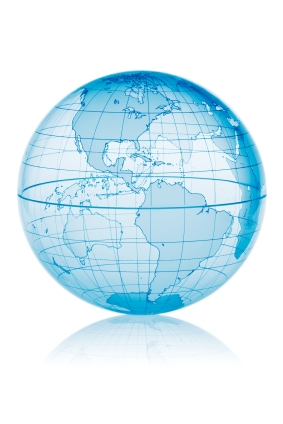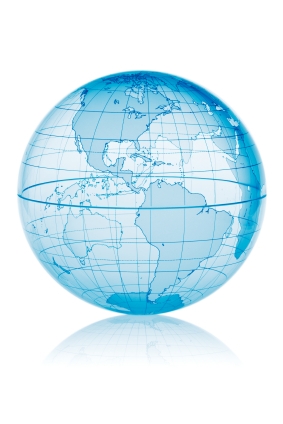 You might think that the international global warming negotiations are occurring in some backroom, filled with smoke, and outside the view of the world. That is after all, what some opponents to global warming solutions would have you believe.
You might think that the international global warming negotiations are occurring in some backroom, filled with smoke, and outside the view of the world. That is after all, what some opponents to global warming solutions would have you believe.
But that is the farthest thing from the truth. Let me give you some examples from the current negotiations in Bonn, Germany.
Negotiating Texts are Publicly Available. Those texts that I discussed (in Part 1, Part 2, and Part 3) are all available on the United Nations Framework Convention website. You and everyone else in the world (when they are translated to all UN languages) can see and review them here. (And by the way, you can see documents from all the past UN negotiating meetings on global warming here).
And when countries suggest changes they are often doing it in the open “plenary” session where every country and observer (including yours truly) can watch what countries say. This time, when going through the text the Chair made countries flag where they had issues or options to add (as I discussed here).
Then countries submitted specific changes to the text and these were incorporated into a new text that was once again shared with everyone at the meeting (I have a copy with me right now of the revisions that have come out so far). If a country had a change that they didn’t get into the document, the Chair made them put it on a giant screen at the front of the plenary (that was once again open to all participants).
This is in no small part thanks to the US delegation that insisted that this “second reading” was open to the public the way the “first reading” was. Thank you transparency in government!
Watch the Plenary discussions Live. You might think that this transparency is only available to those that fly, take a train, or bike to Bonn, Germany….or those that can decipher international negotiating text. But that is far from the truth. Everyone throughout the world (including you) can watch the entire “plenary” session live on the UN’s website (see here, look for the one called AWG LCA informal plenary). And if you have trouble because the time zone in Bonn, Germany doesn’t work for you or you can’t get away from other things at that moment, you can watch the old webcasts here.
Read a Short Summary Every Day. And if that isn’t enough, you can read a short summary of all the negotiation sessions (here) put together by the Earth Negotiations Bulletin every day. This coverage can be a little technical, but it covers in broad brush all the negotiation sessions for the previous day (including the ones that aren’t webcast). And past issues are also available.
If you want a little humor and advocacy with your negotiations…you can also check out ECO (here). ECO is put together by the environmental non-governmental organizations daily.
Read Blogs or Participate in Live Chats. You can also read some of the blogs from people participating in the negotiations. While these aren’t daily posts and don’t cover every aspect of the negotiations, they can give you a “window” into the key elements of the negotiations (you can track some of them on Twitter by searching for #bonn). That is what my blog aims to provide so I hope you find some good information and insights from my posts. Check them out here.
Or you can join a Live Chat (as NRDC just tried). Check it out here.
Follow a Negotiator. A new thing at this session is called “Adopt a Negotiator”. A group of motivated youth are each following a negotiator from their country. They are following what the lead negotiator from their country is saying in public forums (and in some cases they are even getting to speak directly with the delegate). They are reporting back to people in their own country so they can track what is going on and “nudge” at home where needed (see more about this here).
—————–
Not all sessions are open and some negotiation has to occur behind close doors in smaller settings, but this process is about as transparent as you can get in international diplomacy.
Want to find out if the things that your country’s representatives are saying are really the countries position? Want to know how this whole international global warming negotiations thing works? Want to find out how to interact in getting a strong global agreement in Copenhagen? Want to help “nudge” world leaders to putting aside their differences and getting agreement?
Watch it all unfold live and transparently! And then motivate, nudge, and encourage world leaders to solve global warming.



